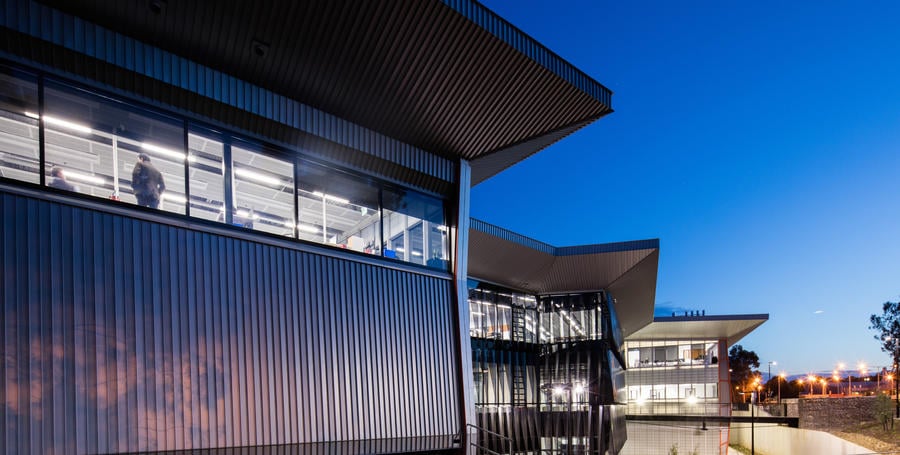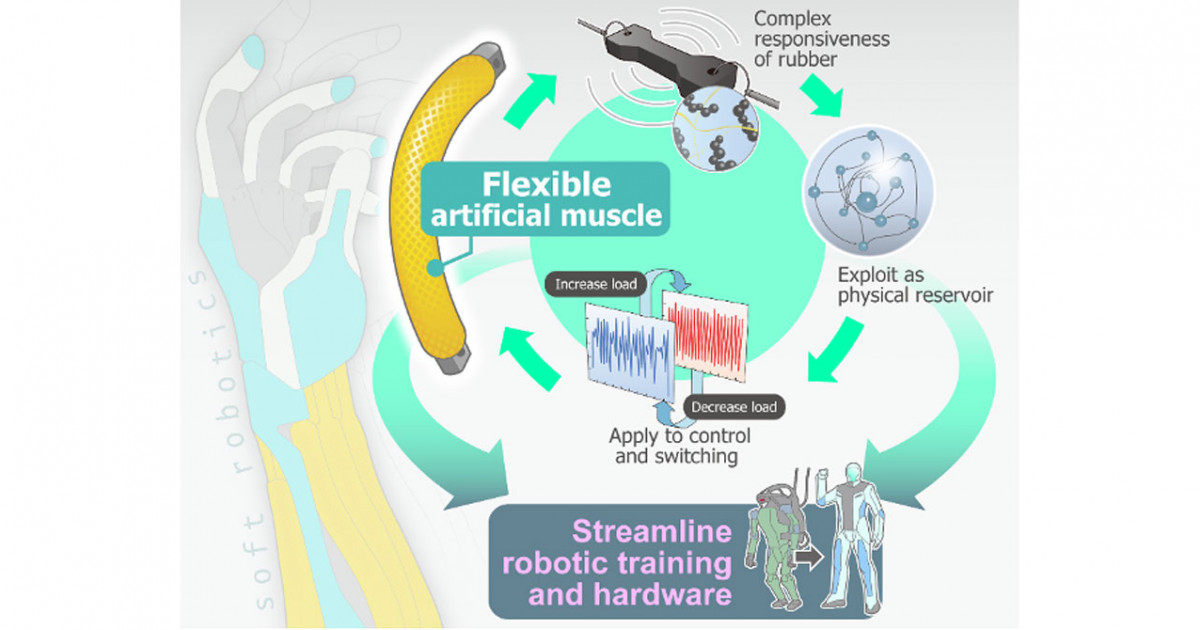With the Australian Government prioritising international trade relations over support for the local manufacturing industry, Weld Australia is calling for urgent action.
Last week, Australia progressed negotiations to upgrade the ASEAN-Australia-New Zealand Free Trade Agreement (AANZFTA). According to the Australian Government, the purpose of the upgrade is to modernise the trade agreement, further reduce trade barriers and boost trade and investment in the region.
Assistant Minister for Trade and Manufacturing the Hon Tim Ayres led Australia’s delegation at the negotiations in Cambodia. According to an interview with ABC News Radio Breakfast, Ayres would “like to see—as part of the upgrade—improvements to the level of ambition on foreign investment. [It is] critical for a region that needs investment in productive capability…and renewable energy infrastructure if we’re going to meet…the challenge of climate change and…our Paris targets.”
According to Geoff Crittenden (CEO, Weld Australia), “Reading between the lines, what Assistant Minister for Trade and Manufacturing, Tim Ayres, is advocating for is the importation of renewable energy infrastructure from South-East Asia to assist in meeting Australia’s 2030 climate change target.”
“These foreign trade policies seem to be in direct opposition to comments made by Prime Minister Albanese on adding resilience and building sovereign capability. The Prime Minister recently said, ‘We need to be able to manufacture pharmaceuticals, energy goods, defence goods here to make Australia less vulnerable’.”
“Similarly, at the mini jobs summit hosted by Climate Change and Energy Minister Chris Bowen in August, there was unanimous support for the strengthening of our sovereign manufacturing capability to deliver the Federal Government’s renewable energy program. Leading figures advocated for investment in local manufacturing in the face of geopolitical pressures and the likelihood that imported renewables infrastructure would attract a price tag three times higher than locally fabricated goods over the lifecycle of the asset.”
Minister Bowen himself said, “Australia is on the path to becoming a renewable energy superpower and with that comes the potential for high-skill, high-paying, sustainable jobs in industries such as renewable manufacturing.”
“Our politicians need to get on the same page. They must work towards a common goal. Foreign policy must be in line with local objectives,” said Crittenden.
“If the AANZFTA free trade agreement is signed, Australia could see a massive influx of poor-quality wind towers and other fabricated renewable infrastructure. This free trade agreement could be the reason why the Australian Government has avoided commenting on local content mandates for the renewables infrastructure program.”
The Federal Government’s National Reconstruction Fund (NRF)—designed to work alongside the Powering Australia Plan—will establish a financing vehicle to provide loans and equity to help maximise opportunities for local manufacturers. The problem is, this seems to be in direct opposition to the objectives espoused by Minister Ayres and his recent trade agreements.
“The NRF may be of assistance in the development of facilities to increase tower manufacturing capacity. However, without a local content mandate and free trade agreements that prioritise poor quality imports, local manufacturers will continue to struggle to secure projects. While funding is nice to have, it is only part of the puzzle when it comes to securing the future of an industry,” said Crittenden.
The main competition for Australian wind tower manufacturers are overseas suppliers from Vietnam, China and Indonesia. The issue is that the quality of imported wind towers is appalling. They do not adhere to Australian Standards. Local fabricators comply to internationally recognised Australian Standards and are certified by the relevant Australian authority. In this way, Government and private clients can ensure the quality and safety of projects. Imported steelwork, which does not meet these requirements, is often of inferior quality and may not meet the Australian safety requirements.
These quality and safety issues will only be exacerbated by increased global demand. The whole world is looking to transition to renewable energy. Countries like Scotland, New Zealand and Sweden are all investing in wind power. Not only will increased global demand likely reduce the quality of wind towers manufactured overseas, it will also increase scarcity of supply. There are already global supply chain issues—imagine how these will be magnified.
Local manufacturers like Keppel Prince Engineering and Crisp Bros. & Hayward cannot win jobs on their doorstep when governments and multi-national companies place a premium on price over and above quality and safety.
“The Federal Government must commit to building sovereign manufacturing capability for renewable energy—in the same way that it has for shipbuilding. The Federal Government must legislate local content policy. This will create a capacity mechanism that generates a clear, long-term signal for investment by private equity and local manufacturers. The Federal Government must also mandate that all wind towers are constructed, erected and inspected according to Australian Standards,” said Crittenden.
“Only with this commitment in place will industry have the confidence to invest. Unless industry and governments come together now to formulate a plan of attack, when the time comes to manufacture the assets needed for a clean energy transition, there will be no fabrication facilities, no skilled workforce, and no regulatory frameworks in place. There will be no sovereign manufacturing capability.”
A Huge Opportunity for Local Manufacturers and Regional Areas
Wind tower manufacturing offers a host of opportunities for local manufacturers. Fabrication facilities set up for onshore wind can transition to offshore wind with additional investment, increasing the lifespan and opportunities for the fabrication facility. Fabrication facilities designed for wind towers are multi-purpose—they can also be used to manufacture pumped hydro pipes, piling (for ports and bridges) and other large-scale heavy round manufacturing.
Wind tower manufacturing requires a large numbers of employees. For example, a facility manufacturing eight wind tower sections per week could employ up to 120 full-time employees. Greater than 50 per cent of this workforce could be unskilled and trained on the job or via the TAFE training system. This means that there are training and employment opportunities for apprentices, trainees and Indigenous Australians. Wind tower manufacturing also generates demand for higher skilled roles (in areas such as engineers, quality assurance, and non-destructive testing), and a logistics network for movement of tower sections and raw materials into the facility.
There are also downstream benefits for local suppliers of welding consumables, electrical components, safety equipment, painting consumables, internal components like platforms and handrails, hire equipment and facility maintenance.
Importantly, wind tower manufacturing requires a large area, making it suitable for regional locations. As such, establishment of a wind tower manufacturing facility would generate immediate employment, economic and related benefits in regional communities.
For the public, locally manufactured wind towers meet all Australian Standards across all components, from fabrication and electrical components, through to coatings. This means that both quality and public safety are assured.
While our governments can wish, and hope, and make public pledges about Australia’s transition to renewable energy, we simply do not have the sovereign manufacturing capability to make this a reality.
There is an answer though.
Industry and Government Support
To overcome the established overseas supply chains and generate investment into fabrication capability, local manufacturers need certainty of demand. This demand must stem from government, project investors and developers, and OEMs.
Our governments must support macro demand generation. For example, the Victorian Government’s Victorian Renewable Energy Target (VRET) legislation has helped to support the domestic manufacturing industry. In addition, local content policy must be legislated. Given the huge scale of potential demand, local content need not be 100 per cent—VRET required 64 per cent local content and 93 per cent locally milled steel. With this local demand a reality, improved production efficiencies and stability of supply can improve competitiveness.
“Weld Australia has been calling on the Federal Government for the last five years to mandate that all steelwork in Australia—both local and imported—is manufactured and erected according to Australian Standards. The Federal Government must act now to create a sovereign wind tower manufacturing industry, create jobs in regional areas and ensure public safety,” said Crittenden.








